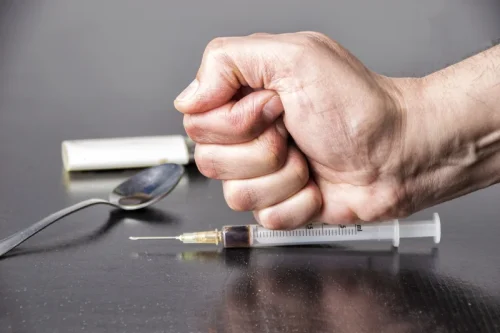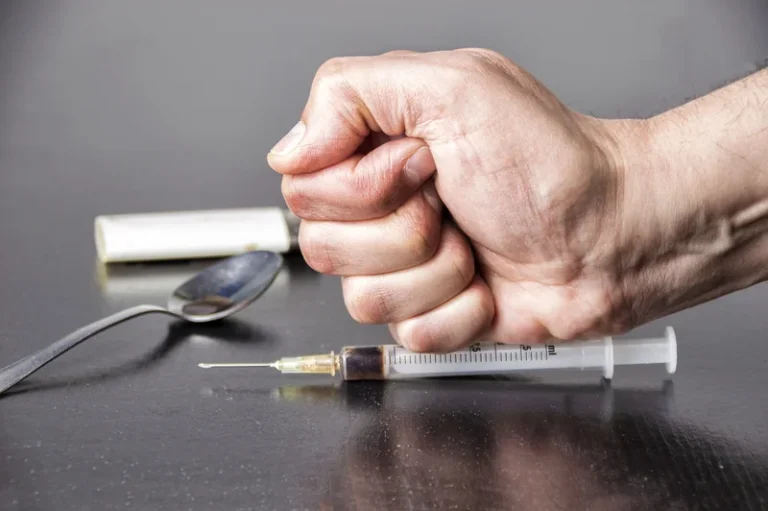
For instance, increased morbidity and mortality, pulmonary virus titers, and decreased pulmonary influenza-specific CD8 T cell responses were reported in female mice infected with influenza that consumed 20% (w/v) ethanol in their drinking water for 4–8 weeks (Meyerholz, Edsen-Moore et al. 2008). Likewise, higher pathogen burden and decreased CD8 T cell immunity was observed in female mice administered ethanol at 15% (w/v) for 5 days and challenged with Listeria monocytogenes (Gurung, Young et al. 2009). Similar results have been seen in SIV infection of male nonhuman primates (Bagby, Stoltz et al. 2003, Molina, McNurlan et al. https://ecosoberhouse.com/ 2006, Poonia, Nelson et al. 2006, Marcondes, Watry et al. 2008).
Alcohol-Related Diseases

Further, cytotoxic NK cells (cNK) appear to accumulate in the bone marrow with a corresponding drop in the number of cNK cells in tissues (i.e., the spleen, lung, liver, and lymph nodes). Importantly, treatment with IL-15 and IL-15Rα restores the alcohol-mediated impairment of cNK development and maturation. This finding implies that the deleterious effects of alcohol might be traced to an impairment of upstream cells/pathways critical for the secretion of IL-15.

World Health Organization Health Topics Alcohol
Here’s what you should know about the relationship between alcohol and immune system function, plus tips to support and strengthen your immunity. You can benefit from our inpatient program, which helps you overcome your withdrawal symptoms and teaches you healthy coping strategies to deal with alcohol cravings. After completing the inpatient portion, you can continue on the road to recovery with our intensive outpatient program.
Circulating Factors

As reviewed by Szabo and Saha, alcohol’s combined effects on both innate and adaptive immunity significantly weaken host defenses, predisposing chronic drinkers to a wide range of health problems, including infections and systemic inflammation. Alcohol’s widespread effects on immune function also are underscored in the article by Gauthier, which examines how in utero alcohol exposure interferes with the developing immune system in the fetus. This exposure increases a newborn’s risk of infection and disease; additional evidence suggests that alcohol’s deleterious what is Oxford House effects on immune development last into adulthood. Mice depleted of NK cells by anti-AsGM1 antibody treatment displayed increased hepatic triglyceride levels and decreased serum alanine aminotransferase (ALT) levels following chronic ethanol exposure in mice, suggesting that NK cells mediate, in part, liver steatosis and injury. These data are also consistent with research that suggests that NK activation is beneficial in the short run, by increasing host defense against fibrosis and hepatic steatosis through selective cytotoxic activity.
- By illuminating the key events and mechanisms of alcohol-induced immune activation or suppression, research is yielding deeper insights into alcohol’s highly variable and sometimes paradoxical influences on immune function.
- However, IL-15 can be produced from a variety of different cells including intestinal epithelial cells, thymic epithelial cells, keratinocytes, macrophages, and dendritic cells (80).
- Additional studies in rodents assessed the effects of alcohol on the effectiveness of bacillus Calmette-Guérin (BCG) vaccination, which protects against tuberculosis.
- Acetaldehyde is “very toxic to a lot of different tissues,” says Dr. Sarah Wakeman, senior medical director for substance-use disorder at Mass General Brigham.
3 The hypothalamic–adrenal–pituitary axis is a hormonal system that primarily is involved in the stress response. Activation of this system culminates in the production does alcohol suppress immune system and release of corticosteroid (i.e., cortisol in humans and corticosterone in rodents) from the adrenal glands, which then act on various tissues to mediate the stress response. 2 Opsonization is a process by which a pathogen or other antigen is covered with antibodies and thereby marked for ingestion and destruction by other immune cells (i.e., phagocytic cells).
Molina and colleagues review research showing that alcohol impairs recovery from three types of physical trauma—burn, hemorrhagic shock, and traumatic brain injury—by affecting immune homeostasis. Their article also highlights how the combined effect of alcohol and injury causes greater disruption to immune function than either challenge alone. In contrast, level of anti-inflammatory protein adiponectin increased (Joosten, van Erk et al. 2012). Similarly, plasma adiponectin concentration was increased after 28 days of daily consumption of 450mL of red wine compared with dealcoholized red wine amongst 34 men, in the absence of changes in subcutaneous and abdominal fat contents as well as body weight (Beulens, van Beers et al. 2006). Ethanol consumption by weanling ICR (outbred) mice (adjusted to 6% in their drinking water) for 8 weeks also resulted in 75% fewer CD3+ T cells (Percival and Sims 2000).

Moderation is key, as even lower alcohol intake can have detrimental effects on the immune system. Choosing to limit alcohol consumption or opting for alcohol-free alternatives supports overall immune health. We can recover from alcohol’s harmful effects if given enough time and proper care.
- One potential explanation for the lack of detrimental effects of wine in this experiment could be the presence of phytochemicals in wine that may be able to overcome ethanol’s harmful impact on immunity.
- That means putting the time aside to recover from the symptoms, the worst of which should have passed after about 12 hours from stopping drinking and are likely to be unnoticeable within 24 hours.” If you don’t like the idea of suffering through it, moderation is the only solution, he says.
- The immune system is a complicated group of cells and proteins that recognize invading bacteria or viruses and destroy these infections.
- Alcohol also affects the cells that fight against infection and the inflammatory response.
- “Drinking alcohol in large quantities even just for a short period of time — like binge drinking — can be bad for your health and your immune system,” says Favini.
Causes of inflammation
Broadly speaking, alcohol appears to increase immature iNKT-cell proliferation and maturation in the thymus with a corresponding increase in IFN-γ-producing iNKT-1 cells (65). This activation is interesting as it contrasts strongly to the inhibitory effects that alcohol exhibits on NK cells (discussed above). It is also critical to take into consideration that the effects of ethanol on immune function in vivo could involve the actions of its primary metabolite, acetaldehyde. Therefore, more studies looking at the effects of ethanol metabolites in vivo are needed. Acetaldehyde has also been shown to affect NFκB-induced cytokine production in various liver cells. Finally, acetaldehyde disrupts intestinal epithelial barrier function and increases paracellular permeability which plays a crucial role in the pathogenesis of alcoholic liver disease by a tyrosine kinase-dependent mechanism (Sheth, Seth et al. 2004).
Short Term Effects of Alcohol On the Immune System
“If you want to constrain your drinking,” he says, “the best way is to always buy the most expensive booze you can afford,” if only because its prohibitive cost minimizes dosage. At the risk of sounding like a Boomer drinks snob—which I am—I am pleased to know that one glass of grand cru white burgundy, savored slowly, is a gut-healthier choice than a bottle of cheap vodka any day. Still, there are precautions to keep in mind that will help protect your gut when you’re drinking.
Specifically, people who had consumed 30.9 ± 18.7 alcoholic drinks/day for approximately 25.6 ± 11.5 years exhibited a decreased frequency of naïve (i.e., CD45RA+) CD4 and CD8 T cells, as well as an increased frequency of memory T cells (i.e., CD45RO+) (Cook et al. 1994). Another study conducted in humans with self-reported average alcohol consumption of approximately 400 g/day also found an increase in the percentage of both CD45RO+ memory CD4 cells and CD8 cells (Cook et al. 1995). Thus, studies in C57BL/6 mice demonstrated that chronic ethanol consumption (20 percent ethanol in water for up to 6 months) decreased the frequency of naïve T cells and increased the percentage of memory T cells (Song et al. 2002; Zhang and Meadows 2005).